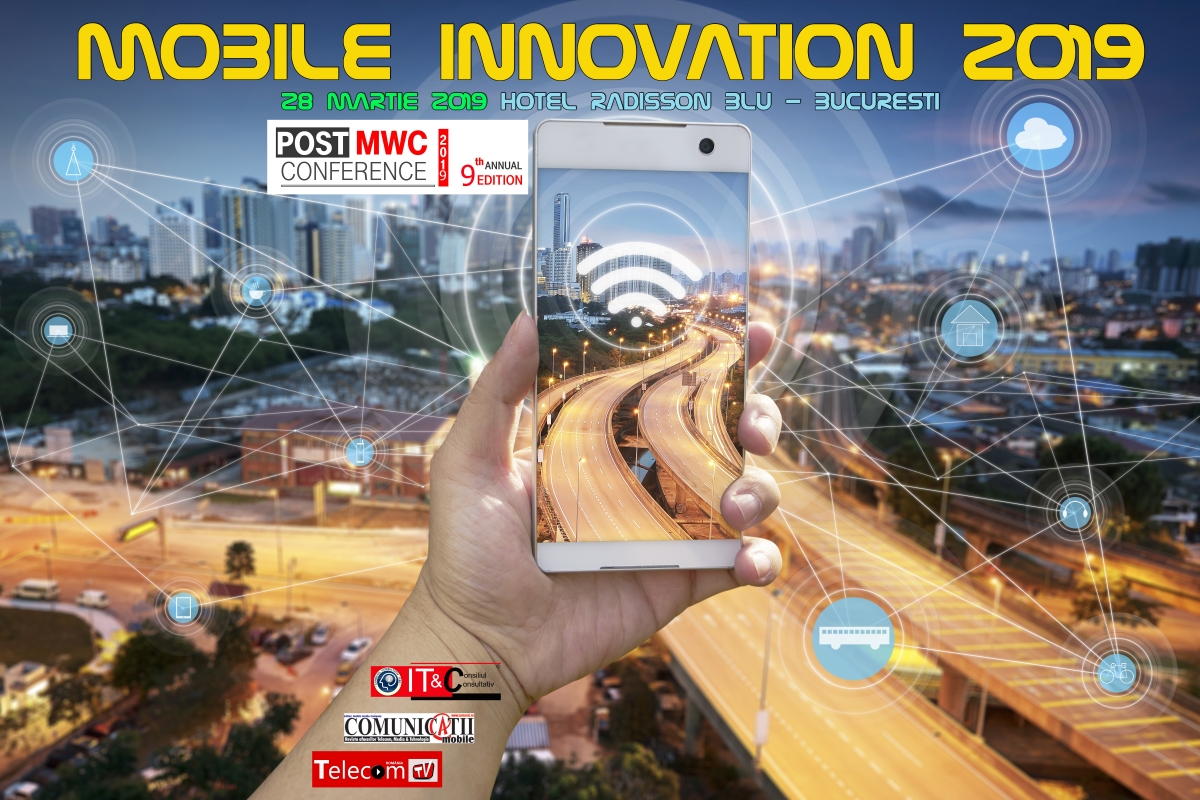
With more than 40 percent of its Bill of Materials (BOM) dedicated to the display, touch screen and other user interface components, Apple Inc.’s iPad represents a radical departure in electronic design compared to conventional products, according to a teardown conducted by iSuppli Corp.
The combined costs of user-interface-related components in the iPad amounts to $109.50, representing 43.7 percent of total BOM of the 16Gbyte, non-3G version of the iPad torn down by iSuppli.
"While the iPad has the potential to change the game in the computing, wireless and consumer worlds, it already has changed the game of how many electronic products are—and will be– designed," said Andrew Rassweiler, director and principal analyst and teardown services manager for iSuppli. "The iPad’s design represents a new paradigm in terms of electronics cost structure and electronic content. Conventional notebook PCs are ‘motherboard-centric,’ with all the other functions in the system—such as the display, the keyboard and audio—peripheral to the central microprocessor and the main Printed Circuit Board (PCB) at the core. With the iPad, this is reversed. Everything is human-machine-interface-centric, with the PCB and Integrated Circuits (ICs) all there to facilitate the display of content as well as user inputs."
Based on its physical teardown, iSuppli estimates the BOM of the low-end 16Gbyte, non-3G iPad at $250.60. When manufacturing expenses are added, the cost rises to $259.60.
This cost is higher than iSuppli’s virtual teardown estimate issued in February of a $219.35 BOM and $229.35 manufacturing cost. Cost for the display, the battery, the user interface chips and the power management Integrated Circuits (ICs) all exceeded iSuppli’s initial estimates, driving up the total BOM.
The attached table presents the BOM and manufacturing cost summary of iSuppli’s physical teardown of the iPad.
Please note that the teardown costs account only for hardware and manufacturing and do not include other expenses such as software, royalties and licensing fees.
Display of extravagance
The single most expensive component in the iPad is the display, priced at $65 and representing 25.9 percent of the product’s BOM. The display is a 9.7-inch diagonal, 262,000-color TFT-LCD with a resolution of 1024 by 768 pixels. It employs In-Plane Switching (IPS) technology, which supports a wider viewing angle and better picture quality in terms of presentation of color than a conventional LCD.
"The display represents a customized implementation of an IPS panel, driving up its cost relative to a more commoditized netbook panel," Rassweiler said.
In the specific iPad torn down by iSuppli, the IPS TFT-LCD was supplied by LG Display. However, iSuppli believes Apple has qualified two other suppliers for the display, with more possible in the future.
The next most expensive component is the touch screen assembly at a cost of $30, or 12 percent of the BOM. The touch screen assembly is 9.7-inches in the diagonal dimension and uses capacitive technology. The supplier of the assembly is Wintek.
Battery gets charged up
Coming in at third in terms of expense is the NAND-type flash memory, at a cost of $29.50 for the low-end 16Gbyte iPad. The NAND in the iPad dissected by iSuppli was supplied by Samsung Electronics Co. Ltd., but Apple likely also is employing other sources of these commodity parts.
The fourth most expensive component is the battery, at $21, representing 8.4 percent of the total BOM. The 3.75-volt battery is a lithium polymer battery pack that employs value-added modular design that combines two cells into a single pack that is more easily replaceable than two individual cells wired in. In the iPad torn down by iSuppli, the battery cells were supplied by Amperex Technology and the pack provided by Dynapack. We had not expected to see the battery cells kitted as a pack, so such a design element clearly suggests these batteries are meant to be replaced at some point.
Design winners
Other notable components and suppliers in the iPad include:
· The microprocessor, combining an A4 processor core and a Graphics Processing Unit (GPU), designed by P.A. Semi—which was acquired by Apple in 2008—and manufactured by Samsung and carrying an estimated cost of $19.50.
· The Wireless Local Area Network (WLAN), Bluetooth (BT) and Frequency Modulation (FM) module featuring chips supplied by Broadcom Corp. and costing $8.05.
· The touch screen microcontroller from Broadcom, at $2.30.
· A power management chip from Dialog Semiconductor, at $2.10.
· A touch screen driver semiconductor from Texas Instruments, at $1.80.





